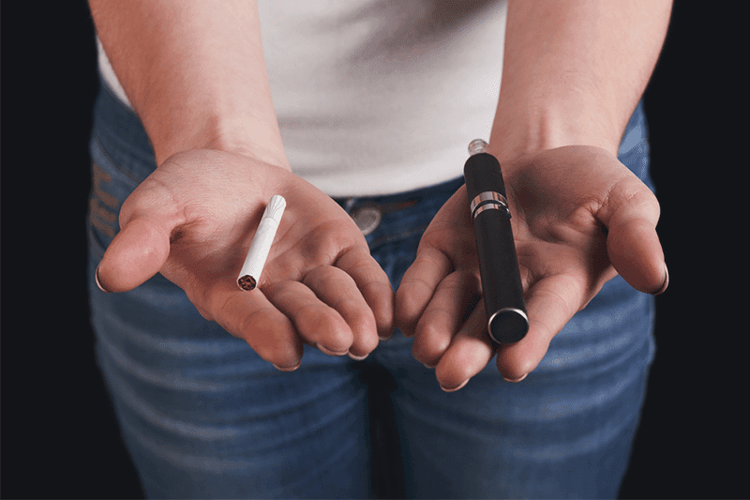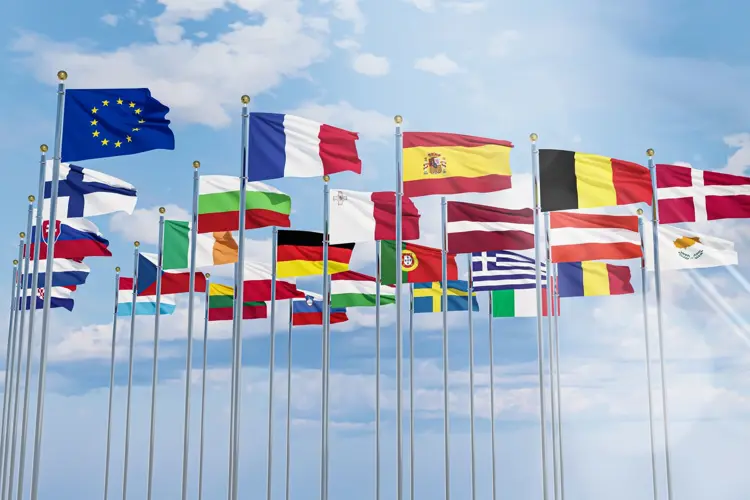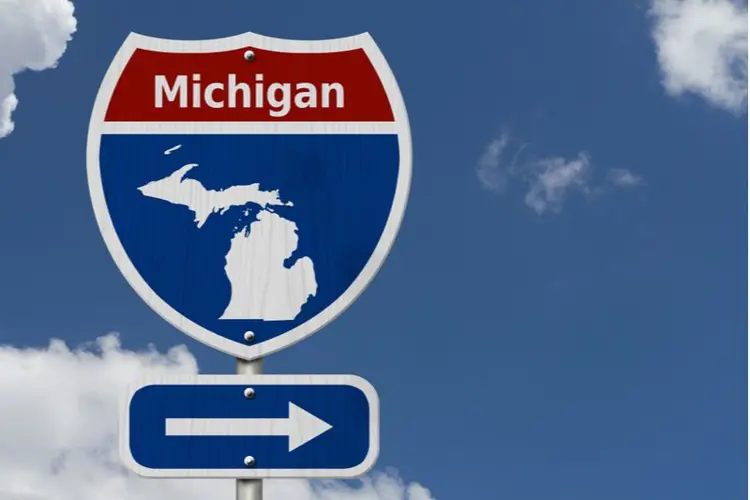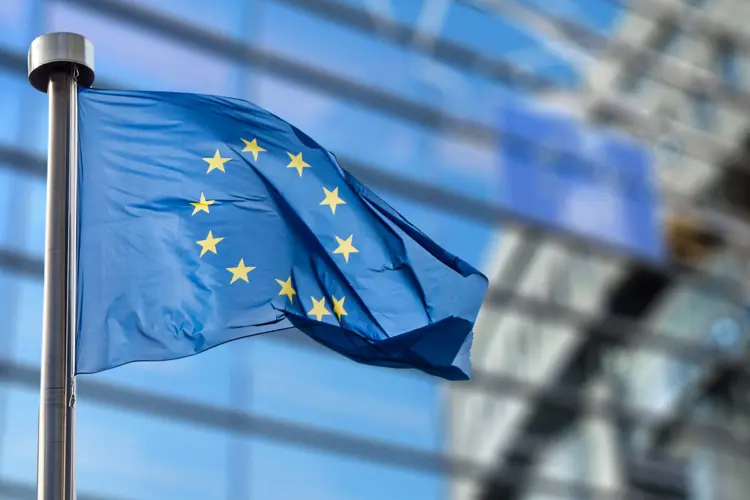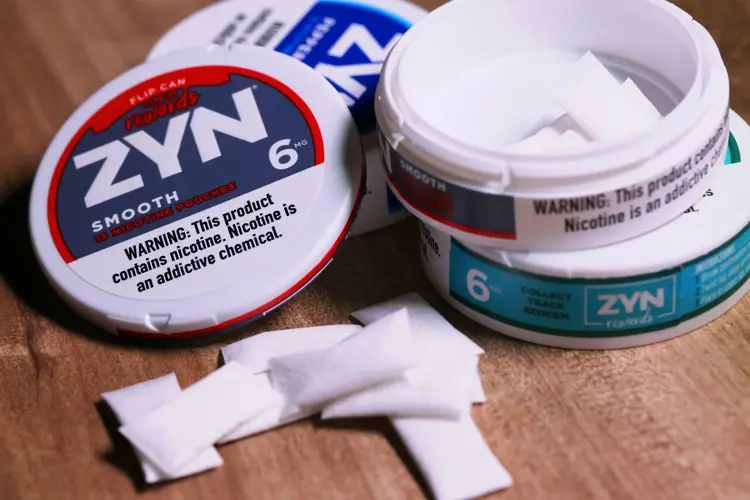New research funded by the FDA and the National Institutes of Health (NIH) shows that flavored vape bans lead to decreased vape sales and increased cigarette sales. The study's authors say that for every 0.7 mL vape pod not sold because of flavor restrictions, 15 cigarettes take its place.
Seven U.S. states and nearly 400 local governments have passed laws restricting the sales of non-tobacco (and sometimes menthol) vape flavors. The adoption of such laws has been a major goal of tobacco control organizations and their biggest funder, Bloomberg Philanthropies. Additionally, the FDA Center for Tobacco Products has rejected over a million premarket tobacco applications (PMTAs) for flavored e-liquids and prefilled vapes, and has signaled it is unlikely to ever authorize flavored vaping products.
The new research shows that such policies encourage vapers of all ages to replace flavored vapes with cigarettes—a bad trade for individual and public health.
The findings are explained in a working paper by researchers Abigail Friedman and Alyssa Crippen (Yale), Alex Liber (Georgetown), and Michael Pesko (University of Missouri), and have not yet been peer-reviewed.
Fine detail, broad scope
The authors began by assembling a complete list of flavored vape restrictions across the country, and building a database robust enough to control for enactment and enforcement dates, concurrent cigarette and cigar flavor policies, retailer exemptions, and the flavors covered by each policy. They then cross-referenced the policy data with equally mass-market retail store sales data obtained from Information Resources Incorporated (IRI). (The IRI data do not cover online or vape shop sales.)
The researchers were able to analyze the effects of policies adopted throughout the period beginning Jan. 7, 2018, and ending March 26, 2023. During that time, 15 state and 279 local laws or rules took effect, and the U.S. population affected by flavor restrictions or bans grew from 1.3 to 38.0 percent. Because the sales data begins in 2018 and extends to 2023, it allows the authors to avoid confounding caused by both the 2019 “EVALI” lung injury outbreak and the 2020 COVID-19 pandemic. The result is research unlikely to be challenged for its level of detail and completeness.
The researchers name five key findings, paraphrased below:
- Vape sales decline and cigarette sales increase when a greater percentage of state residents is subject to flavor-restrictive policies. (In other words, a flavor ban in any given city is less effective when surrounding localities have not also banned flavors)
- The relationships between restrictive flavor policies and vape/cigarette sales effects become more significant over time
- Non-menthol cigarettes account for 71 percent of the increased cigarette sales associated with flavored vape restrictions, which the authors say “indicates that the observed substitution response to ENDS flavor policies cannot be attributed to menthol cigarettes' availability nor fully counteracted by menthol cigarette sales prohibitions”
- The relationship between vape flavor restrictions and increased cigarette sales is consistent “across cigarette product age profiles, including for brands disproportionately used by underage youth”
- Both outright flavor bans and laws restricting flavored vapes to certain (usually adult-only) retail stores reduce vape sales and increase cigarette sales once they’ve been in effect for a year or more
The findings are exactly what vaping and harm reduction advocates expected and warned lawmakers about when these policies were debated. People like a variety of vape flavors, and if flavors are not available, they will continue (or start) smoking.
Vapes and cigarettes are substitutes
Co-authors Abigail Friedman and Michael Pesko have published previous research showing that various kinds of restrictions on vaping products caused increases in smoking rates or cigarette sales. A 2015 Friedman study described how age restrictions on e-cigarette sales caused increases in smoking rates by minors. In 2021, Friedman tied San Francisco’s 2018 flavored vape ban to increased smoking by teenagers compared to cities without such bans. Later that year, Friedman and Pesko (and several other co-authors) collaborated to show how vape tax increases led to higher rates of cigarette sales, and vice versa.
Those studies—and other research—indicate that vapes and cigarettes are economic substitutes. Policies that create an advantage for the sales and use of one product hurt sales and use of the other. The new study adds flavor bans to the list of policy choices that cause consumers to choose cigarettes over much less harmful vapes.
“These findings are consistent with flavored ENDS policies encouraging substitution from ENDS towards combustible cigarettes,” write the authors, “aligning with results from 16 of 18 other studies assessing cigarette use following adoptions of minimum legal sales age laws for ENDS, ENDS tax rate increases, and advertising restrictions. In other words, policies making ENDS more expensive, less accessible, or less appealing appear to incentivize substitution towards cigarettes.”
The Freemax REXA PRO and REXA SMART are highly advanced pod vapes, offering seemingly endless features, beautiful touchscreens, and new DUOMAX pods.
The OXVA XLIM Pro 2 DNA is powered by a custom-made Evolv DNA chipset, offering a Replay function and dry hit protection. Read our review to find out more.
The SKE Bar is a 2 mL replaceable pod vape with a 500 mAh battery, a 1.2-ohm mesh coil, and 35 flavors to choose from in 2% nicotine.
Because of declining cigarette sales, state governments in the U.S. and countries around the world are looking to vapor products as a new source of tax revenue.
The legal age to buy e-cigarettes and other vaping products varies around the world. The United States recently changed the legal minimum sales age to 21.
A list of vaping product flavor bans and online sales bans in the United States, and sales and possession bans in other countries.







